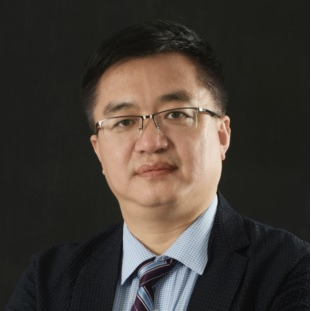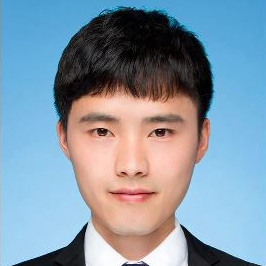Recent Developments in Precision Actuation Technologies
A special issue of Actuators (ISSN 2076-0825). This special issue belongs to the section "Precision Actuators".
Deadline for manuscript submissions: 31 May 2024 | Viewed by 3939
Special Issue Editors
Interests: smart materials, structures and systems; precision and mini/micro actuation technologies; active vibration control and the equipment design
Interests: smart materials, structures and systems; precision actuators and sensors; active vibration control and adaptive nonlinear control
Special Issue Information
Dear Colleagues,
Precision actuation technologies are vital in many fields of precision engineering, such as precision machining, active control of micro-vibration, surgical robots, etc. One of the main components of precision actuation technologies is precision actuators. Actuators based on smart materials have attracted the attention of a large number of researchers in recent years. These materials include piezoelectric materials, magnetostrictive materials, shape memory alloys, dielectric materials, etc. Another of the main components of precision actuation technologies is control methods. Smart material actuators often have strong nonlinearity, so it is necessary to study effective control methods to achieve precise actuation. Research into new precision actuators, precision actuation control methods and applications of precision actuation technology is still very active. This Special Issue aims to collect original papers on various types of precision actuation mechanisms, actuator design, control methods and applications, not limited to specific application areas.
Prof. Dr. Bin-tang Yang
Dr. Yikun Yang
Dr. Xiaoqing Sun
Guest Editors
Manuscript Submission Information
Manuscripts should be submitted online at www.mdpi.com by registering and logging in to this website. Once you are registered, click here to go to the submission form. Manuscripts can be submitted until the deadline. All submissions that pass pre-check are peer-reviewed. Accepted papers will be published continuously in the journal (as soon as accepted) and will be listed together on the special issue website. Research articles, review articles as well as short communications are invited. For planned papers, a title and short abstract (about 100 words) can be sent to the Editorial Office for announcement on this website.
Submitted manuscripts should not have been published previously, nor be under consideration for publication elsewhere (except conference proceedings papers). All manuscripts are thoroughly refereed through a single-blind peer-review process. A guide for authors and other relevant information for submission of manuscripts is available on the Instructions for Authors page. Actuators is an international peer-reviewed open access monthly journal published by MDPI.
Please visit the Instructions for Authors page before submitting a manuscript. The Article Processing Charge (APC) for publication in this open access journal is 2400 CHF (Swiss Francs). Submitted papers should be well formatted and use good English. Authors may use MDPI's English editing service prior to publication or during author revisions.
Keywords
- actuator
- smart material
- actuator design
- actuator application
- actuator control
- active vibration control







